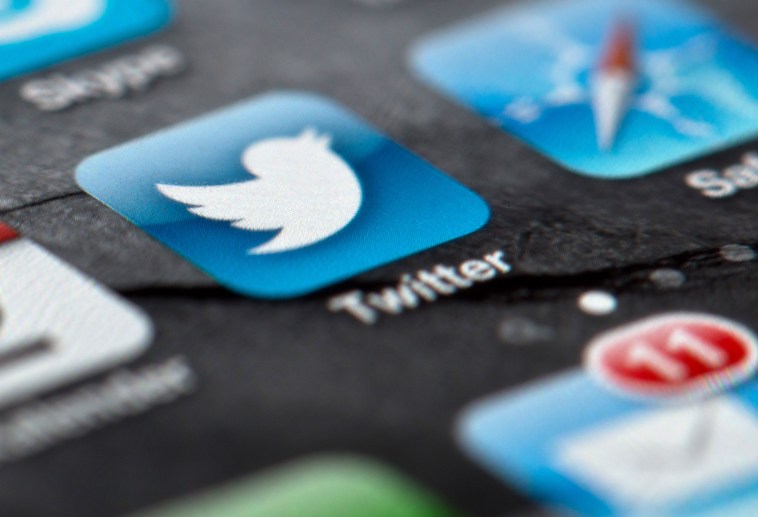WASHINGTON (AP) — Airline passengers will be able to use their electronic devices gate-to-gate to read, work, play games, watch movies and listen to music — but not talk on their cellphones — under much-anticipated new guidelines issued Thursday by the Federal Aviation Administration.
Videos By Rare
But passengers shouldn’t expect changes to happen immediately. How fast the change is implemented will vary by the airline, FAA Administrator Michael Huerta said at a news conference.
Airlines will have to show the FAA how their airplanes meet the new guidelines and that they’ve updating their flight crew training manuals and rules for stowing devices to reflect the new guidelines. Delta said it was submitting a plan to implement the new policy.
Currently, passengers are required to turn off their smartphones, tablets and other devices once a plane’s door closes. They’re not supposed to restart them until the planes reach 10,000 feet and the captain gives the go-ahead. Passengers are supposed to turn their devices off again as the plane descends to land and not restart them until the plane is on the ground.
Under the new guidelines, airlines whose planes are properly protected from electronic interference may allow passengers to use the devices during takeoffs, landings and taxiing, the FAA said. Most new airliners and other planes that have been modified so that passengers can use Wifi at higher altitudes are expected to meet the criteria.
But connecting to the Internet to surf, exchange emails, text or download data will still be prohibited below 10,000 feet, the agency said. Passengers will be told to switch their smartphones, tablets and other devices to airplane mode. So, still no Words With Friends, the online Scrabble-type game that actor Alec Baldwin was playing on his smartphone in 2011 when he was famously booted off an American Airlines jet for refusing to turn off the device while the plane was parked at the gate. And heavier devices such as laptops will continue to have to be stowed because of concern they might injure someone if they go flying around the cabin.
In-flight cellphone calls also will continue to be prohibited. Regulatory authority over phone calls belongs to the Federal Communications Commission, not the FAA. The communications commission prohibits the calls because of concern that phones on planes flying at hundreds of miles per hour could strain the ability of cellular networks to keep up as the devices keep trying to connect with cellphone towers, interfering with service to users on the ground.
An industry advisory committee created by the FAA to examine the issue recommended last month that the government permit greater use of personal electronic devices.
Pressure has been building on the FAA in recent years to ease restrictions on their use. Critics such as Sen. Claire McCaskill, D-Mo., contend there is no valid safety reason for the prohibitions. The restrictions have also become increasingly difficult to enforce as use of the devices has become ubiquitous. Some studies indicate as many as a third of passengers forget or ignore directions to turn off their devices.
The FAA began restricting passengers’ use of electronic devices in 1966 in response to reports of interference with navigation and communications equipment when passengers began carrying FM radios, the high-tech gadgets of their day.
A lot has changed since then. New airliners are far more reliant on electrical systems than previous generations of aircraft, but they are also designed and approved by the FAA to be resistant to electronic interference. Airlines have been offering Wi-Fi use at cruising altitudes to passengers for several years. Planes modified for Wi-Fi systems are also more resistant to interference.
The vast majority of airliners should qualify for greater electronic device use under the new guidelines, Huerta said.
Today’s electronic devices generally emit much lower power radio transmissions than previous generations of devices. E-readers, for example, emit only minimal transmissions when turning a page. But transmissions are stronger when devices are downloading or sending data.
Among those pressing for a relaxation of restrictions on passengers’ use of the devices has been Amazon.com. In 2011, company officials loaded an airliner full of their Kindle e-readers and flew it around to test for problems but found none.
FAA advisory committee members expressed mixed feelings about whether use of the devices presents any risk. Douglas Kidd of the National Association of Airline Passengers said he believes interference from the devices is genuine even if the risk is minimal. Other committee members said there are only anecdotal reports from pilots to support that the devices can interfere with aircraft systems, and most of those reports are very old. However, the committee recommended the FAA allow pilots to order passengers to shut off devices during instrument landings in low visibility.
A travel industry group welcomed the changes, calling them common-sense accommodations for a traveling public now bristling with technology. “We’re pleased the FAA recognizes that an enjoyable passenger experience is not incompatible with safety and security,” said Roger Dow, CEO of the U.S. Travel Association.

